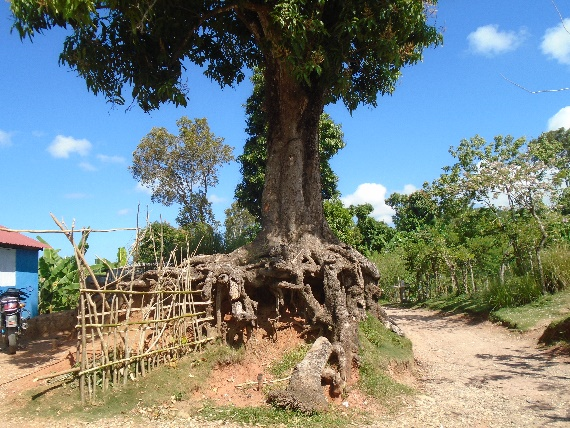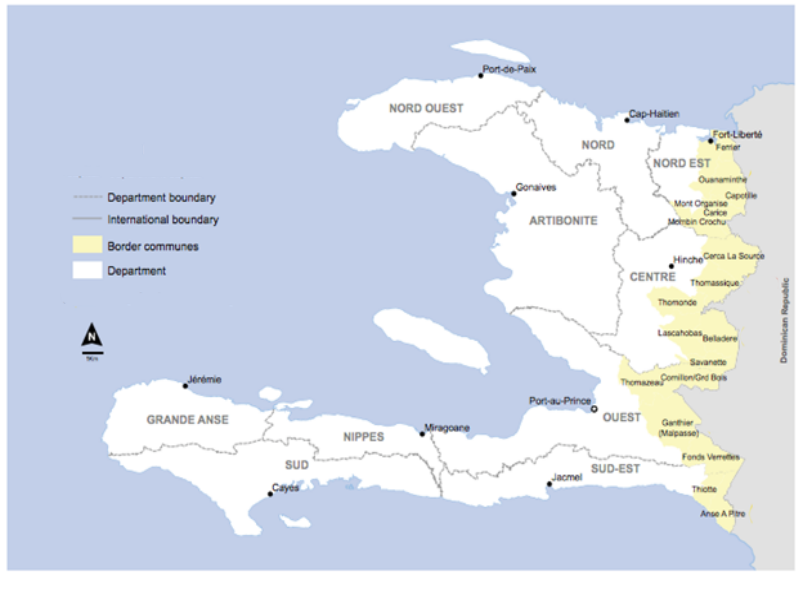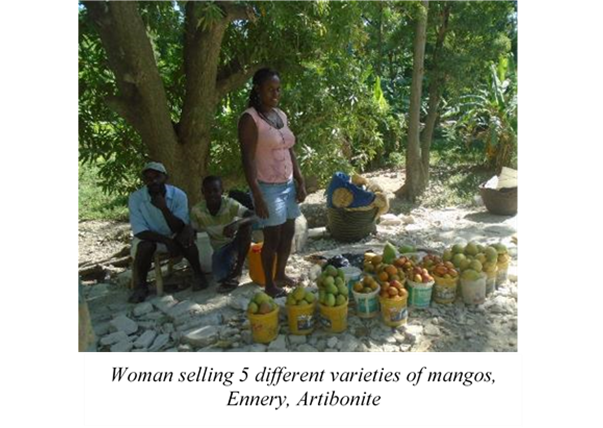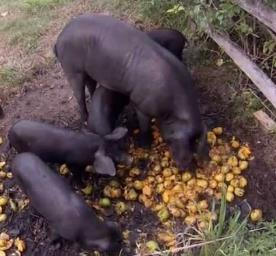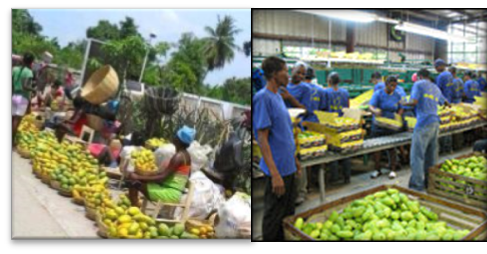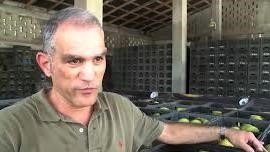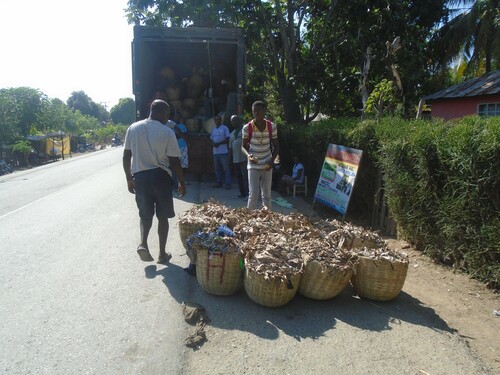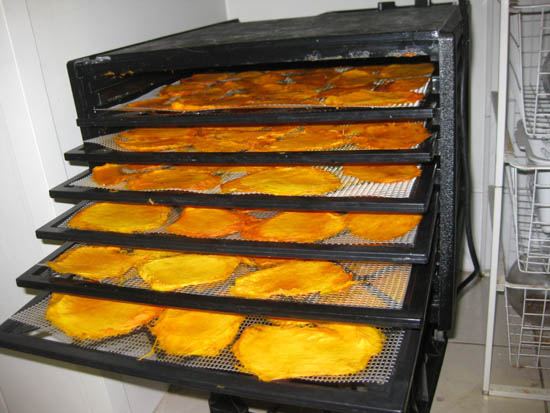VALUE CHAIN REPORT, GRAND ANSE, HAITI
In this sub-report a team of HEKS EPER, UMCOR and Socio-Dig staff developed value chain models for three products of critical importance in the Grand Anse: fish, trees and goats. The creation of value-chain models for these products is intended to help people working in the region gain further understanding of the local economy andRead More
HAITIAN MANGOES EXPORTED TO THE DOMINICAN REPUBLIC
A big part of the irony of the rocket like growth of the Dominican mango export industry over the past 30 years (read this post) is that this had not only happened while Haiti’s exporters had failed to increase their own exports or to effectively organize the mango industry: it was arguably launched with theRead More
HAITI MANGO FACTS
While Haiti tree crops coffee and cacao have gone from being world leaders to close to no exports at all, mangos have gone the other direction, first becoming a Haiti export crop only in 1954 and then rising to the 2015 record season of 2.48 million boxes (4.5 kg/box). After Vetiver—contrary to claims, a veritableRead More
Mangos (TechnoServ/USAID/Coca Cola/IDB 2015)
This is an evaluation of Haiti Hope Mango Project, supported by USAID, Coca-Cola, and the IDB and implemented by TechnoServe from 2011 to 2015. The research was conducted under the auspices of Socio-Dig, a Haiti-based research company. I think the research is particularly useful for anyone interested in the Haiti agricultural sector and especially exports. The reportRead More
Irony of the Exports: Superiority of the Local Market for Haitian Mangoes
A closer look at evidence and trends in the market suggests that the local market for mangos is better than that of the export market. It offers producers more money. Indeed, to get mangos from producers, the exporters, their voltije and fourniseur agents have to resort to trickery and financial advances on trees 9 monthsRead More
Lying Sack of Mango: Travesty of Export Prices
This article summarizes how USG funded aid agencies and contractors have manipulated price data to make it appear that they have improved the export market chain price for mangoes. As seen below, they’ve rather boldly misrepresented their own data to make their case.
Belying Basket of Mango: TRAVESTY OF EXPORT VS. LOCAL MANGO PRICES Part II
If we consider the value of a panye (basket) in terms of a poor market woman selling mangoes in the local market, where 95% or more of all Haiti’s mangos get sold, there is clearly a price floor at which point it makes no sense to harvest and sell mangos. There is a point whereRead More
Cheaper by the Dozen Mango Travesty I
It is not at all what NGOs or Haitians mean–any of them—when they say “dozen.” Not those in the mango business anyway. First off, for the poor Haitian producers, they do not measure in weight and they seldom measure in number. They measure in volume. Hence when trading locally in mangos they do not useRead More
Cheaper by the Dozen Mango Travesty II
Puzzling regarding change in prices, size of dozens and reject rates is that HAP made claims in 2005 almost identical to those of Haiti Hope project claims in 2014 and 2015. Quoting directly from the HAP 2005 evaluation, Field interviews indicated that ten years ago producers were paid four gourdes for a dozen mangos, andRead More
Haiti, Not Open for Business: Another Dried Mango Export Travesty
Despite a whole lot promises and some $120 million donor dollars invested in the domestic mango industry over a period of 20 years, as of 2015, Haiti had no new mango processing facilities. A 2012 TNS feasibility study showed that a Coca Cola supported juice and pulp processing factory would be profitable only after 10Read More
